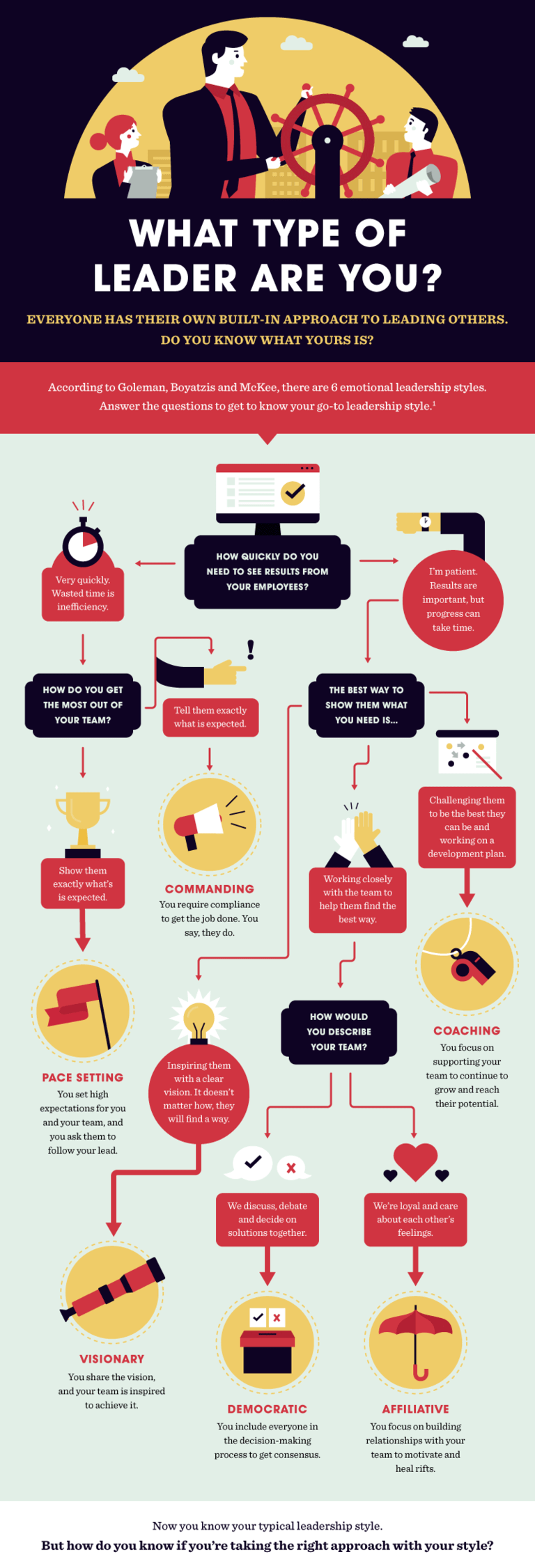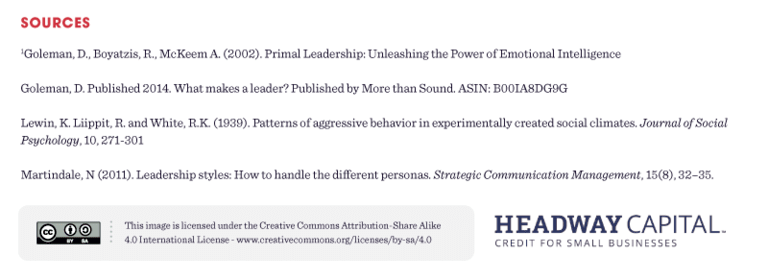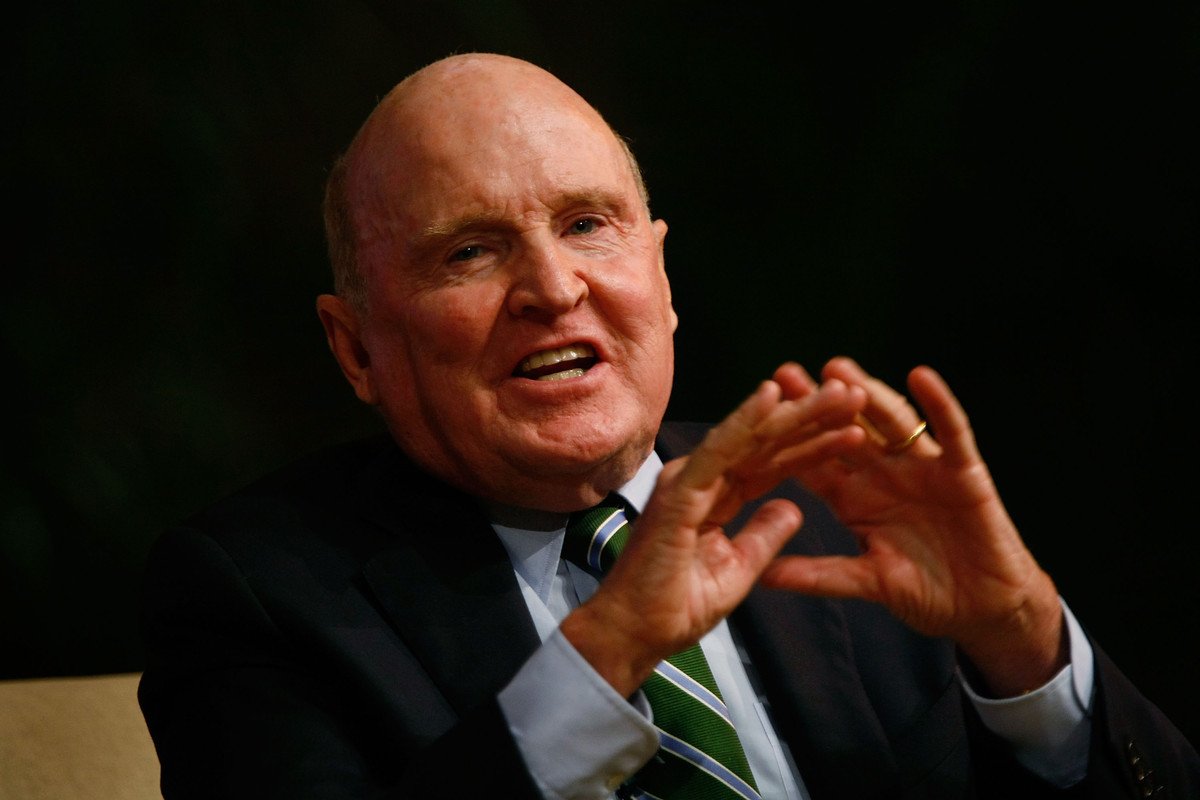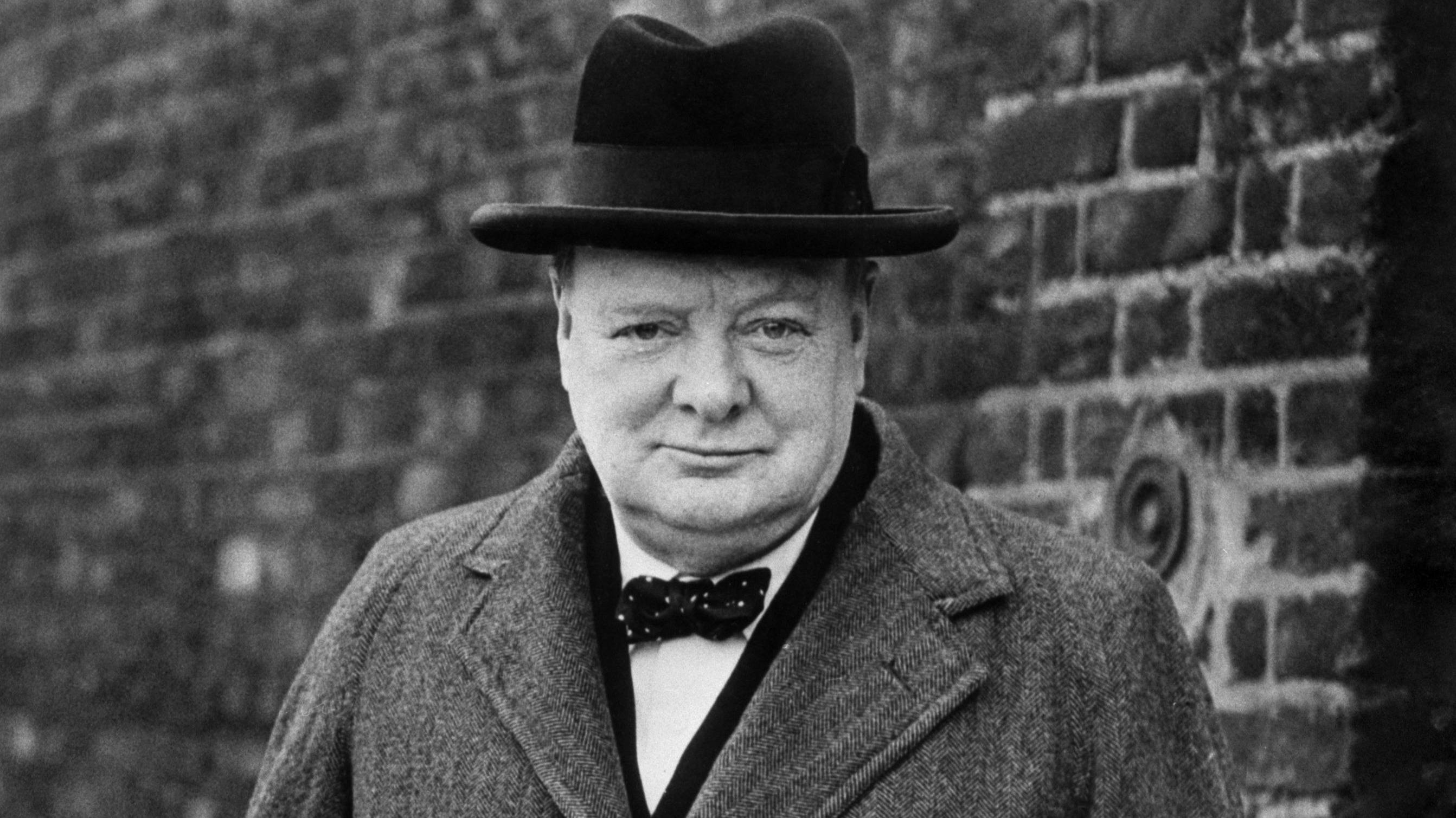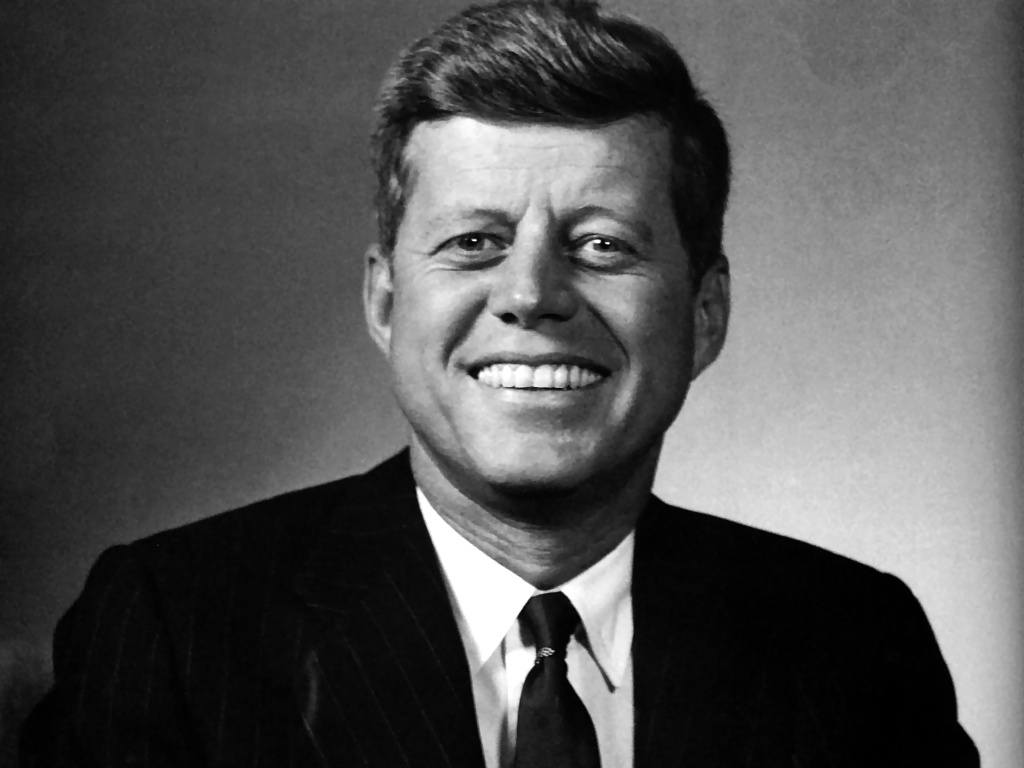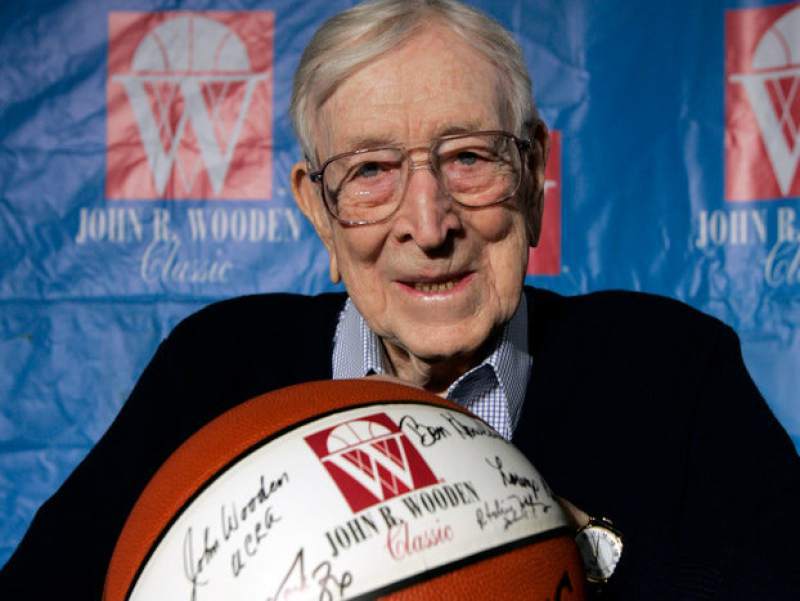Many of the most important and influential texts ever written, like Sun Tzu’s the Art of War, Niccolo Machiavelli’s The Prince, or even Dale Carnegie’s How to Win Friends and Influence People, are about leadership. With hundreds of books written about leadership, it would be easy to understand how to become an effective leader, but unfortunately that simply isn’t the case.
A leader has to be a person capable of juggling many huge demands at a time, they have to consider the opinions, needs, and wants of all around them. They need to be a person not only capable of making difficult decisions, but the right difficult decision. At the same time, they need to know how to look after their team, while pushing them forward to achieve greatness.
This article serves as an introduction to effective leadership and will give you a step by step guide on how to become an effective leader.
Table of Contents
Is leadership in born?
Strong and capable leaders are rarely (if ever) born. Be skeptical of claims to the contrary.
Psychology research suggests that people become leaders through the process of teaching, learning and observation.[1]
If you put your preconceptions aside, you’ll clearly see that leadership skills aren’t inborn, but have to be learned by training, perception, practice and experience over time. And when we say over time – we really mean over a lifetime, as successful people never stop learning.
It’s true. Great leaders constantly seek out development opportunities that will help them learn new skills. If your goal is to become a leader – you should do the same.
How important is leadership?
There are great and inspiring leaders everywhere. Anywhere you see a team that works well together, a team that consistently works at their best no matter the pressure, a team of people that are confident and determined; you are seeing a team with a great leader.
What is the definition of a great leader?
- A great leader can unite a group of people, each with their own goals and interests, and make them work together in synchronicity for a common goal.
- A great leader is able to inspire confidence and resilience.
- A great leader is open to the good ideas of others. They are good listeners and are open to learn from their team.
Ultimately, a great leader turns a group of people into a dependable, reliable, creative, motivated and effective unit.
But how does someone become a great leader?
First, learn about the basic traits as listed in the next part. And when you have mastered these traits, you’ll have to move on to the advanced level of skills to become an effective leader.
Basic traits to become a good leader
To develop your leadership skills, it’s best to pinpoint the areas that you feel you are not ‘up to par’ with, and strengthen them. To make this easy for you, I have a complete guide on all the most important leadership traits categorized into three areas:
- Self-development
- Communication
- Team engagement
In the guide, you will learn how to pick up all the basic leadership traits and behaviors. Check out the complete guide here:
What Makes a Good Leader: 15 Critical Leadership Qualities
Next, you will need to level up your leadership skills by understanding the different types of leadership.
Advanced skills to become an effective leader
The most effective leadership is not a single entity, or a single set of values or rules a person must have in order to lead people. There are multiple leadership styles each with their own benefits and rules. If you have learned the basic qualities of leadership, upgrade your leadership skills by identifying your leadership style and master it.
Find out the leadership style that best fits you in this flowchart:
Pace-setting Leader
A pace-setting leader focuses on targets and the speed with which said targets are being achieved. They set performance standards and schedules for the team to achieve goals and get the best results.
Pace-setting leaders typically ensure the work is on schedule and reaches the goals quickly.
Yet the biggest drawback of pace-setting leadership is being too predictable. Many pace-setting leaders overwhelm team members with deadlines, and harm their creativity as they rush to finish their work.
As a result, this style works best when employees are highly motivated and already competent workers. This is also good if a clear schedule needs to be set for a specific set of tasks.
In order to grow as a successful leader, pace-setters should ask for team members’ feedback often and give them space to work. Instead of focusing on deadlines, they should focus on the process of reaching quality work.
Jack Welch, former CEO of General Electric, is a successful example of a pace-setter. Welch despised micro-managing and thought leaders needed to focus more on setting examples and deadlines. That’s the essence of a pace-setting leader.
Commanding Leader
A commanding leader makes decisions alone and gives orders to members to achieve goals.
A commanding leader can make decisions quickly. They don’t need to go through any discussions to come up with a decision most of the time. This saves time and is helpful especially during a crisis. Commanding leaders are often respected and are rarely challenged by the team.
Unfortunately, commanding leaders often inhibit critical thinking and demoralize employees’ team spirit as their opinions are not valued under such leadership. Team members are there for execution; they do what they’re told, and only the commanding leader gets to drive a decision forward.
Commanding leaders work best when quick decisions are to be made in a crisis or situation with inexperienced team members. As a result, many famed generals and politicians operating in times of strife fall into this category.
Winston Churchill is an example of a commanding leader. Churchill was especially known as a powerful orator and man overall, and often was able to inspire others to action simply via his commanding speeches and viewpoint. As mentioned before, his great leadership was instrumental in the allied victory during the second world war.
Visionary Leader
Visionary leaders are able to see the bigger picture and set the overall goals for the team.
This type of leader Inspires creativity and teamwork as team members are encouraged by the bigger end-goal of what they’re working on day-to-day. Jobs is one of the examples, but many tech company CEOs fit into this type too. Startup CEOs often frame product decisions around “saving the world”, and this is where the vision is found.
The flip side of believing you’re working on something which will change/save the world is that it may inspire fanatical belief in the leader himself. Another potential flaw is its heavily context-dependent, in another word, the goal at the end. With a constant focus on making the world a better place, team members can sometimes lose focus on their day-to-day plan they need to execute.
Visionary leaders are good in transition situations. Think about a new CEO coming in and immediately laying out the long-term vision for a place after the disgraced exit of his predecessor, the company and the employees benefit in this case.
A visionary leader, though, does need lieutenants who can take their vision and translate it into day-to-day work for the rest of the organization. If it’s all vision and strategy with no tie to day-to-day execution, employees will get confused and ultimately leave.
Steve Jobs built a company that completely changed multiple industries, and he did so by singularly looking at possibilities no one had ever considered. Imagine ten to twenty years before the first iPhone came out, if you had described that idea to your friend, they would probably have laughed you and thought you were a dreamer.
Democratic Leader
Democratic leaders make decisions together with the team members—regardless of rank—and closely work together with the team to achieve for the best results.
Democratic leadership is good for boosting team morale and improving relationships between leaders and members. An open environment encourages a constant stream of communication and idea exchange. For example, the idea of Gmail was brought to Google decision-makers by a lower-ranking staffer, as was the idea of AdWords. AdWords is a huge revenue driver for Google and it didn’t necessarily begin at the absolute top ranks, but the top ranks weren’t threatened when a new idea came about.
However, the authority of a democratic leader may be easily challenged and cause inefficiency in decision making. A collective decision-making process usually takes a longer time.
Democratic leaders work best when team members are experienced and have strong knowledge in their functional area. Inexperienced members may be confused under such leadership, or wondered why their voice was sought after despite their lack of experience.
John F. Kennedy was a successful democratic leader. When Kennedy handled the Bay of Pigs situation, he gave everyone in his circle a voice. The way he made decisions had changed decision-making for the modern era.[2]
Affiliative Leader
Affiliative leaders show warmth and acceptance to members and create emotional bonds with them.
Because of the warmness provided, members feel safe and have a strong sense of belonging to the organization and perform better. Google has done studies of effective managers and found the No. 1 thing they provide is “psychological safety.” Affiliative leaders do that.
Unfortunately, mediocre performances may be fostered under an affiliative leadership because it rarely puts team members under pressure. Some team members may feel they can coast on certain work because their managers will always support them.
This leadership style works best in stressful situations or when team members’ morale is low. Typically, it’s used best together with other leading styles.
The Dalai Lama brings people along with him and into a bigger picture of contentment and safety.
Coaching Leader
Coaching leaders are mentors to the more inexperienced team members. They help the members to better their capabilities and performances by constantly providing them feedback.
This creates a positive working environment where leaders and employees are constantly communicating. With the coaching leader’s guidance, team members grow and improve continuously.
The downside of regular coaching is that it’s time-consuming. It also takes patience to coach each of the team members. In an organization that focuses on immediate results, coaching is not preferred because it takes time to see significant results.
Coaching leaders work best with inexperienced employees who are eager to learn and grow. A leader who is proficient in convincing and influencing others will execute coaching leadership well.
John Wooden, who won more NCAA basketball championships than any other coach, is a successful coaching leader. He had a very specific coaching model that focused on conveying information as opposed to course-correcting.[3]
Not all styles can be applied to every situation, and some people may be better at one style over another. If you use the right style at the right time, the effect can be substantial.
Bonus: Combine leadership styles
All these styles work well in specific situations, and oftentimes teams need a mix of the different leadership styles across different work teams and work projects.
The most successful organizations often have a mix of these leadership styles for teams and deliverables. There is no one-size-fits-all answer. The important thing is to understand where you fall, what your achievements and drawbacks are, and how you can grow or most benefit your team by considering adapting a slightly different leadership style.
Imagine that you are the leader of a small team. You have been given a problem to solve, and for a while you all have struggled over it. Suddenly you come up with a great idea solves the problem, but time is running out… what style of leadership do you choose?
You need to be flexible. Let’s try mixing a few styles:
- Visionary/ Commanding leader – Here, you have the goal in mind, as you have worked with your team before, you know their strengths and weaknesses, because of this, with your idea in mind, you are able to delegate tasks to each person depending on their strengths. You are able to successfully implement your idea.
- Coaching/ Pace-Setting Leader – You know not everyone fully understands your idea, but there are some that do. Those who understand it immediately begin to work while you bring the rest up to speed, soon you’re all working well together and your plan is implemented.
These two aren’t the only combinations that might work here, and sometimes they may not work at all. But the key is to know when to be flexible.
Ultimately, everyone has it in them to be a great and effective leader. It takes knowledge and practice sure, but if you are flexible and consider the many different forms of leadership out there, then you may find your skills as a leader, and the ultimate effectiveness of your team, grows and expands to greatness.
Reference
| [1] | ^ | Psychology Today: Leaders: Born or Made? |
| [2] | ^ | HBR: How John F. Kennedy Changed Decision Making for Us All |
| [3] | ^ | The Context of Things: How to give feedback: Lessons from John Wooden |

